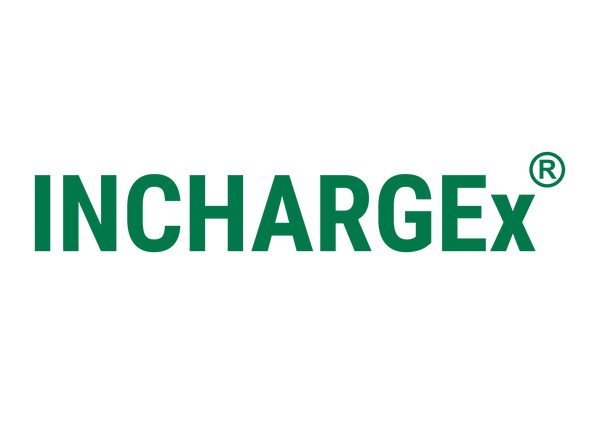If you’ve ever wondered why some electric vehicle (EV) chargers display your car’s battery state of charge (SoC) while others don’t, you’re not alone. The answer lies in the type of charger and how it communicates with your vehicle.
DC Fast Chargers: Built for Detail
DC fast chargers, commonly found at public charging stations, are designed to deliver high power quickly. They often show your car’s SoC—the percentage of battery capacity remaining - right on the charger’s display. This is because DC fast chargers use advanced communication protocols, like the Combined Charging System (CCS), which allow them to retrieve detailed battery data directly from your EV. Knowing the SoC helps these chargers manage rapid charging safely and efficiently, ensuring your battery isn’t overworked.
AC Chargers: Keeping It Simple
Most AC chargers, such as INCHARGEx Portable Type 2 chargers are widely used for home and workplace charging in Australia, don’t display SoC. These chargers rely on a simpler protocol called IEC 61851-1 (in Mode 1,2,3 specifically), which communicates via CP (control pilot) and PP (proximity pilot) pins to manage connection status, current limits, and charging readiness, focuses on basic tasks like confirming the car is connected and ready to charge. Unlike DC chargers, AC chargers don’t need to know your exact battery level because the vehicle’s onboard system handles the charging process. The charger just supplies power, and your car does the rest.
Why the Difference?
The main reason is the communication standard. IEC 61851-1, used with Type 2 AC chargers, doesn’t include SoC transfer—it’s all about safety and power delivery. However, some high-end AC chargers with smart features might estimate SoC through proprietary methods or apps, though this isn’t standard and depends on the charger and vehicle.
What This Means for You
When charging at home with an AC charger, check your car’s dashboard or app for the SoC. At a DC fast charger, the display will likely give you that info upfront. Understanding this difference can help you plan your charging routine better.





